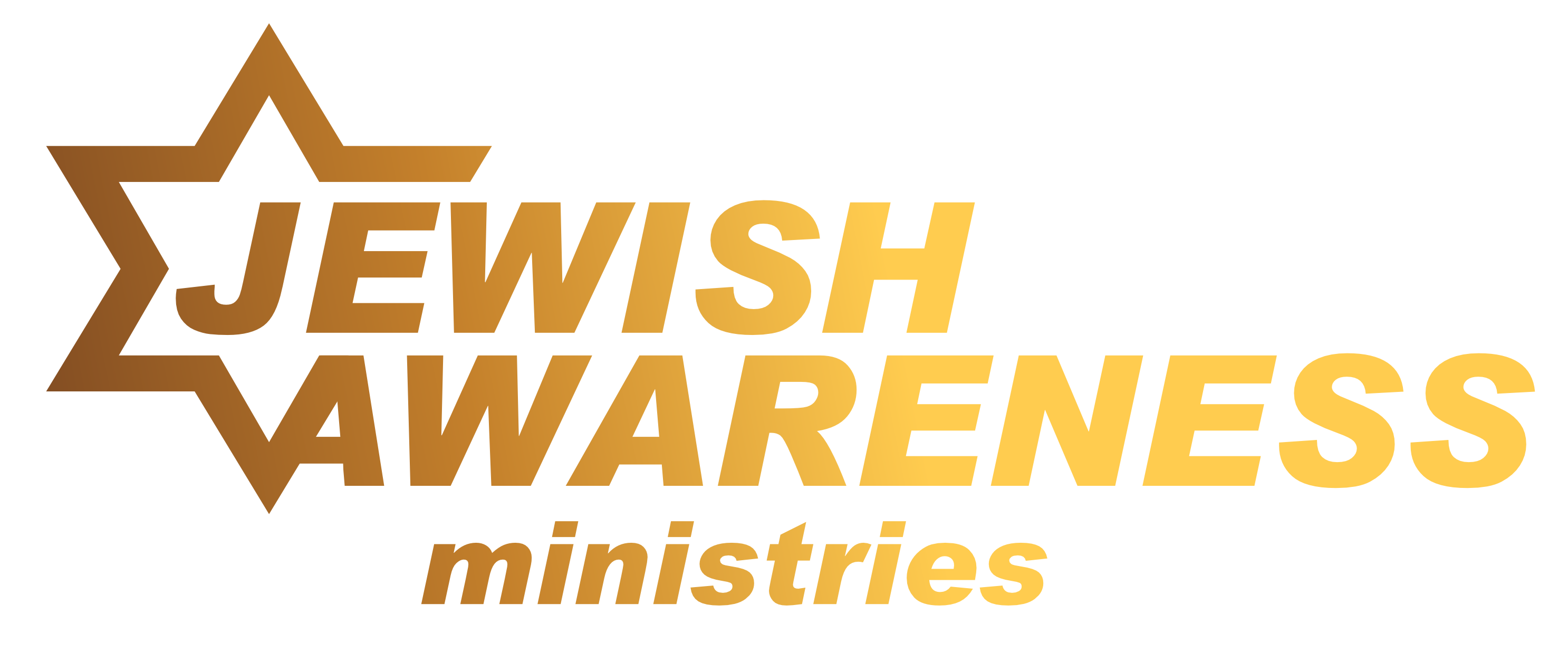by Arlene Berg
PESACH – pronounce with a short “e” and a short “a.” The accent is on the first syllable, and the “ch” is guttural, from the back of the throat.
PESACH – Hebrew for “to pass over, to pass by, to spare. ” — “Passover.”
“Next year in Jerusalem!” This is how Jewish people will conclude their Seders as they observe Pesach from sundown March 30 – sundown April 7, 2018. Seder, or “Order of Service” in Hebrew, is the home celebration of Passover and is observed on the first two nights of Passover, and if a person is very Orthodox, or religious, on the last night also.
The Seder (rhymes with “later”) is observed by each participant reading from a special book called the “Haggadah,” or “The Way,” “The Telling.” The Seder is a very interesting ceremony which includes a full-course meal and many interesting elements which are not mentioned in Shemot, or Exodus 12, that first Pesach.
In that first Passover, all God required was a one year-old male lamb, without blemish, unleavened bread, and bitter herbs. God would pesach, pass over, when He saw the blood of the lamb on the doorposts and lintels of that Jewish or Egyptian home. The first born male, both of man and beast, would not be slain.
Tragically, the Seder today lacks the most important element of Passover – the blood of a spotless lamb. Lamb is not even eaten during the meal! A roasted shankbone of a lamb is the only reminder of the lamb on the table! Some of the other elements include matzah, or unleavened bread; horseradish, standing for the bitter herbs; a roasted egg, which is a symbol of life or of the Passover lamb being roasted whole; and charoseth, a salad commemorative of the mortar the Hebrew slaves were forced to make in Mitzrayim, or Egypt. At one point in the Seder, parsley is dipped into salt water, a symbol of the hyssop dipped in blood. The salt water stands for the tears of the Hebrew slaves. Four cups of wine are drunk during the course of the Seder. This is taken from the four phrases of the redemption from Mitzrayim in Shemot 6:6,7.
At the table, a special place is set for Eliyahu HaNavi, Elijah the prophet, the forerunner of HaMashiach, or the Messiah. Religious Jewish people expect Eliyahu and the Mashiach to come at Pesach – they believe that just as God redeemed them physically out of Mitzrayim at Pesach, He will also redeem them spiritually at Pesach! In fact, a special, beautiful cup, called Elijah’s Cup, is also placed on the table. At one point in the Seder, the door is opened while Eliyahu is welcomed in Hebrew – “Baruch habah!” John the Baptist (the last Old Testament prophet!), in the spirit of Eliyahu, cried out when he saw Yeshua HaMashiach, “Behold the Lamb of God, who taketh away the sin of the world.” (Yochanan, or John 1:29).
“The stone which the builders refused is become the head of the corner.” – Tehillim, or Psalm 118:22. This striking picture of Yeshua HaMashiach, along with Tehillim 113-118, are read during the Seder!
Three pieces of matzos, or unleavened bread, are wrapped in a napkin or placed in a special matzah bag, or “tash.” The middle piece is broken, and one half hidden. This hidden piece, called the “afikoman,” is later found by one of the children with joy, and he or she receives money or another prize as a reward. The afikoman is then eaten by everyone. “Afikoman” is the only Greek word in this Jewish Seder, and some scholars believe the word is derived from “aphikomenos” – “the one who has arrived.” Could it be that the three pieces of matzos represent the Father, Son, and Holy Spirit. The middle matzah, the Son, was broken for our sins and hidden away in the grave for three days and nights. After this time, He arose and appeared to His disciples. With what joy they partook of Him in sweet fellowship!
The “Kitzur,” or “Code of Jewish Law,” is a very important book to the very religious and a book of laws governing every aspect of a Jewish person’s life. It makes the following astounding statement concerning the afikoman: “Due to the fact that the afikoman takes the place of the paschal lamb, it is endowed with importance, and therefore, the greater portion of the matzah is designated for it.”
Shmurah matzah, a round matzah used by the Chassidic, or very religious, is placed on the Seder plate and also used for the afikoman. In Jewish mystical literature, this matzah is called the food “of faith and healing.”
Won’t you pray for God to open the eyes of the Jewish people to these astounding truths as they celebrate Pesach. Why not send a Passover card to the Jewish person whom you may know. Perhaps God will give you an opportunity to tell this dear one about the Lamb of God who takes away the sin of the world.
